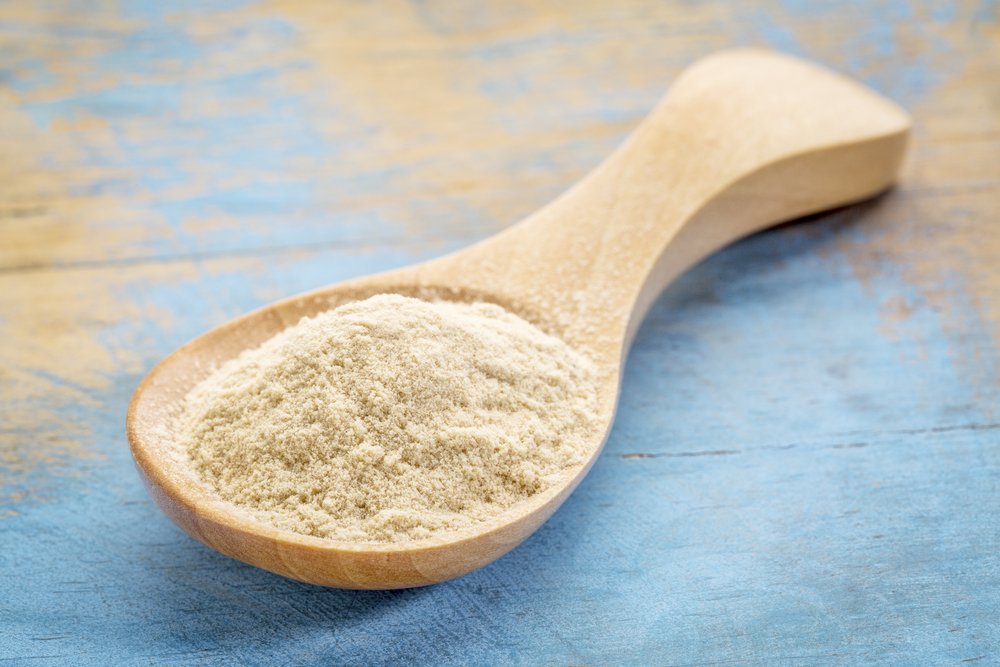
| Chlorella Powder What is it?
Chlorella is a blue-green algae native to Taiwan and Japan. In powder form, Chlorella is one of the most dense superfoods available. What’s in it?
Chlorella is packed full of Vitamin A, B1, B2, B3, B6, Iron, Magnesium, Zin, and Phosphorus. Benefits
It has been suggested by a 2009 Japanese study that Chlorella could be effective reducing body-fat percentage, reducing blood-glucose levels and subsequently helping those suffering from type 2 diabetes, obesity or heart disease. Use
Chlorella has a ‘pondy’ flavor so it’s best consumed mixed with another food or drink. However, if the flavor isn’t a problem, Chlorella can be consumed with water. |
| 
| Acai Berry Powder What is it?
The Acai is a berry native to Central and South America. It has been elevated to superfood status over the last decade and has fast become a staple to any superfood diet. What’s in it?
Acai is full of good fats, fibre, protein and low in sugar. Benefits
Acai has quality antioxidant and anti-inflammatory properties and can subsequently benefit heart health, exercise recovery and testosterone levels. Uses
Often used in smoothies and green shakes, Acai is a fairly versatile powder that can be used in a wide variety of ways. |
| 
| Raw Baobab Powder What is it?
Baobab is an African fruit that has been used by local for centuries to treat everything from fevers, malaria and gastrointestinal problems. What’s in it?
Baobab powder is packed full of vitamin C, fiber, potassium, magnesium, Iron and antioxidants. Benefits
Baobab has a wide range of benefits including increasing energy levels, promoting healthy skin, improving sleeping patterns and reducing fatigue levels. Uses
Like Acai, Baobab has a palatable flavor similar to that of a caramel pear. Subsequently it can be ingested in a number of ways; however the most common are with water, in smoothies or with cereal. |
| 
| Raw Cacao Powder What is it?
Native to Central and South America, Cacao comes from the Theobroma Cacao tree. The trees seeds (Cacao beans) are used for Cacao powder and chocolate. What’s in it?
Cacao power is full of antioxidants as well as minerals such as calcium, magnesium, iron, zinc, potassium and vitamins E, B2, B1, B5, B3 and B9. Benefits
It is suggested that Cacao powder can promote heart and brain health, act as a mood elevator, and provide a quality source of iron and calcium for vegans. Uses
Due to its chocolatey taste Cacao powder is often used in healthy deserts or in other health foods such as bliss balls. |
| 
| Maca Powder What is it?
Maca is a root that is grown in the mountains of Peru. What’s in it?
Maca powder is rich in Vitamin B, C and E; it also has a wide range of minerals such as calcium, zinc, iron, magnesium, copper and phosphorous. Benefits
Whilst claimed to have a wide range of benefits, some of the most common claims include; Increased energy and stamina, elevated mood, increased fertility qualities, and improved cholesterol regulation. Uses
Maca root powder is often added into dishes that adjust well to the powders slight sweetness. Similarly, for more convenience Maca root powder can be added to a fruit smoothie, oatmeal, or cereal. |

| Coconut Water Powder What is it?
Coconut water is one of the world’s latest health crazes. Known for its natural fat, hydrating properties and high potassium levels, Coconut Water has been marketed by many as ‘Nature’s sports drink’. What’s in it?
Coconut water has a range of hydrating properties but is most commonly known for its essential minerals, such as Sodium, Potassium, Calcium, Manganese and Magnesium. Benefits
Coconut Water is more effective at replacing lost fluids than sports drinks or water. Subsequently, its hydrating properties help energize individuals whilst reducing the risk of muscle cramps and spasms. It has also been claimed that coconut water can lower systolic blood pressure and reduce the incidence of heart attacks. Uses
Coconut Water powder is commonly used in smoothies or mixed with water. |

| Spirulina Powder What is it?
Similar to Chlorella, Spirulina is blue - green algae that are grown in fresh water across the globe. To date, there is a lot of research going into Spirulina, with nearly 1,200 peer-reviewed scientific articles evaluating its health benefits. What’s in it?
Spirulina has a high protein content and is an excellent source of vitamins A, K1, K2, B12 and iron, manganese and chromium. Benefits
Some of the claimed health benefits include a strengthened immune system, boosted energy levels, supported cellular health, and increased cardiovascular, eye and brain health. Other claims include cancer prevention, lowering blood pressure and reducing cholesterol. Uses
Spirulina is often taken with water, juice or in smoothies.
|












